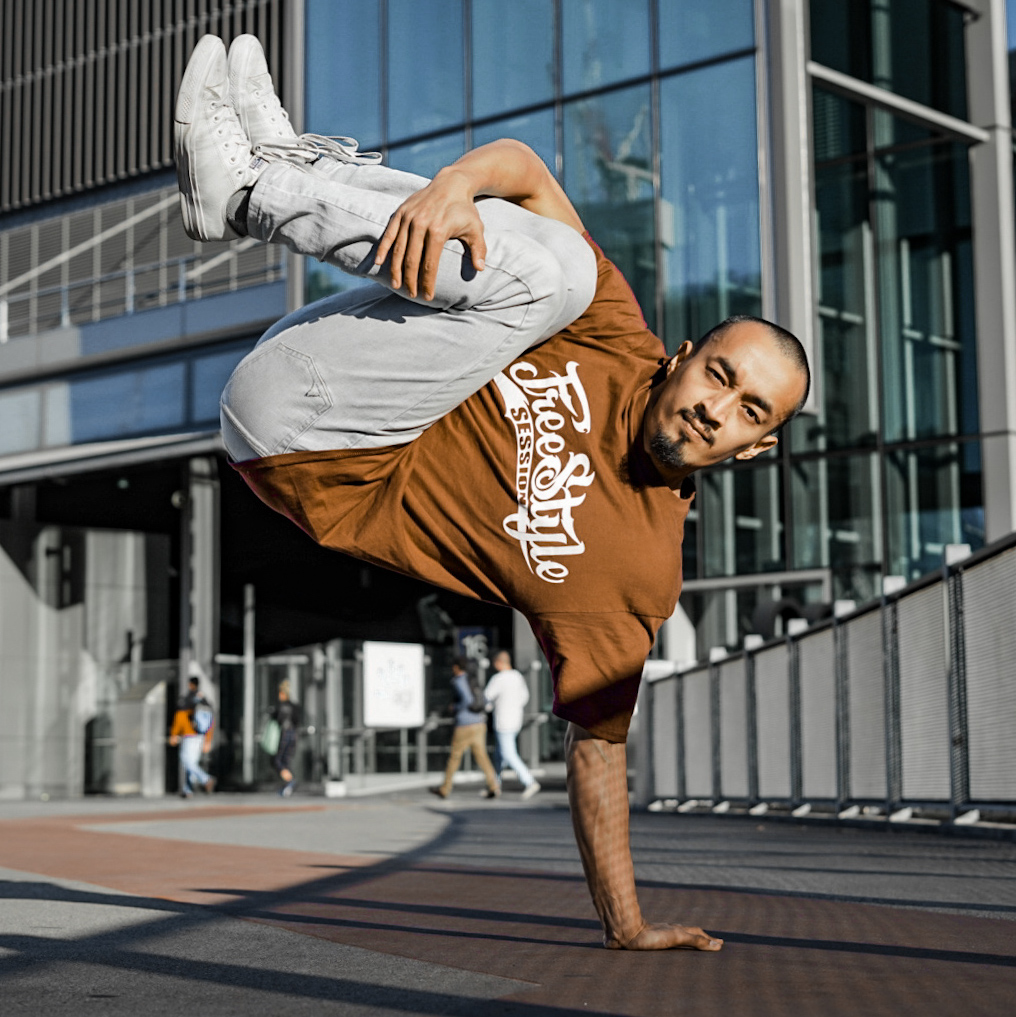You only have to watch kids on a playground to see that they are naturally inclined to be physically active. They just love to move their bodies. What you might not know is that most young children participate in hours of incidental exercise every day, which means they lead an active life without having to try. However, as they grow, getting enough daily exercise can be challenging. This can be due to:
- Lack of active role models
- Increasing school demands
- Lack of opportunities for sports and play due to busy working families
- Lack of interest in physical exercise
- Excessive screen time
Let’s talk about excess screen time.
Want to know what the perfect recipe for an unhealthy and unhappy child is? Prolonged screen time.
Today’s children are plugged into tablets, smartphones, the internet, and TV, well before they can even ride a bike. Technology can be an important part of childhood education, as kids learn the alphabet on tv, play educational games and apps, and even do research online. However, these advances in technology also mean that we have produced the first generation of parents that have been tasked with limiting screen time for children. Today’s kids spend hours on their smartphones, tablets and TVs each day. If steps aren’t taken to curtail these, it could lead to a screen addiction.
Studies have pointed out that declined cognitive development, obesity, type 2 diabetes, cardiovascular diseases, impaired psychological health as well as poor sleeping habits are risk factors that come with inactivity.
You don’t have to take my word for it. Let’s see what research has to say:
- The National Nutrition and Physical Activity Survey reports that only 17 percent of kids from ages 2-5, 26 percent of kids aged 5-11 and 8 percent of kids aged 13-17 met the Australian Physical Activity Guideline.
- According to the Center for Disease Control and Prevention, 17% of children ages 2 through 19 are classified as obese.
- The Joan Goanz Cooney Centre reports that kids showed a reduction in the amount of educational activity they engage in as they got older and increased their screen time.
- Numerous research shows that the blue light emitted by screens can interfere with the brain’s sleep cycle and cause sleep problems.
- Research shows that 10 to 20 percent of individual disease burden from cancer, stroke, coronary heart diseases, and dementia was as a result of physical inactivity.
The sad thing is that the time spent being inactive increases as children get older, which then makes them grow up to be sedentary adults. Well, sedentary adults aren’t faring too well also, at least according to research released by the Australian Government Department of Health.
Benefits of Being Active
When kids are active their body can develop to it’s full potential, with the ability to easily perform physical actions required of it. With regular exercise, young people enjoy:
- Improved health
- Better quality of sleep
- Reduced risk of type 2 diabetes
- Academic motivation
- Strong bones and muscles
- A healthier and better outlook on life
- Greater self-esteem
- Better social skills (from team sports)
- Enhanced psychological well being
- Promotion of competence and autonomy
How can you motivate and encourage kids and young people to be more active? Let’s take a look at three things that can help:
- Choose the right age-appropriate activity for your children to ensure they aren’t bored or frustrated. For example, pre-schoolers would require an activity with simple, repeated movements to develop their motor skills. School-aged kids, on the other hand, have better skills and attention span, so they can handle more complex rules and goals.
- Another key to keeping your kids interested in physical activity is to ensure they are having fun. Fun activities include playing active games, having a dog to walk around the neighborhood, taking a frisbee on your picnic, having a scavenger hunt and so on. So keep the focus on fun. Remember that kids won’t be motivated to do something they don’t enjoy.
- Provide plenty of opportunities for them to be active. You can do that when you provide equipment, sign them up for sports teams or fitness classes, take them to active spots like the playground, etc.
Even in situations where kids have both the desire and time to be active, some parents might not be too comfortable letting the kids roam freely around the neighborhood as we did when we were young. This limits their opportunity to be active, particularly if parents don’t have time to drive their kids to sports. Despite these barriers, there are some other fun ways to encourage your kids to be physically active, while at the same time keeping you assured of their safety. Let’s check out some other fun ideas.
Circus is a fun and healthy way for children and youth to stay active. With circus skills, they get the physical benefits of increased strength, balance and flexibility, as well as improved hand-eye coordination.
Some circus skills can be practiced in the safety of the home, at lunchtime in school, or at their friend’s house. These include skills like object balancing, hula hooping, juggling, diablo or poi twirling. The equipent needed for these skills can be made the DIY way with objects at home. You can check out Youtube videos for some basic tutorials on how to use them.
You can also find a local circus class in your area. Circus classes are always multi-disciplinary. The kids get to learn different skills, from acrobatics to object manipulation, which will lay the foundation for other sports. Manipulating objects like hula hoops, ribbons and juggling balls help increase their object handling skills needed in ball sports. Just watch their reflexes improve!
Apart from the physical benefits, circus is also a social class. Kids get to develop lifelong skills that include trust, teamwork, and self-confidence. Though many circus skills are individual, which appeals to those who like to do things on their own, there are some tricks that rely on trust and teamwork for the trick to be successful. This particularly comes into play during acrobalance where you create human pyramids and make other shapes together by using counter weight or balancing on top of each other.
Dance classes can also be a way to channel your kids’ seemingly boundless energy. Dance is a great form of exercise, and with so many forms of dance styles out there – from breakdance to jazz to hip-hop – kids will find the style that they enjoy the most.
Dance is one of the most accessible forms of exercise as it requires no equipment and can be done anywhere and any time. It is in line with popular culture, particularly hip-hop dance and breakdance. Kids see these styles in music video clips and aspire to be as good as those dancers. Maybe one day they’ll be on ‘So You Think You Can Dance’!
As an aerobic form of exercise, dance increases cardiovascular fitness, coordination, balance, physical strength, flexibility and agility. It can also help correct poor posture and improve muscle tone. Not only is it great for fitness, but it also encourages children to explore their self-expression and creates an outlet for them to channel their energy and emotion to help them develop emotional maturity.
Though dance is also an individual activity, you work towards a group outcome in a class when you learn choreography together. You can also take this to the next level and perform this dance routine in a show or a competition, encouraging performance skills and teamwork.
In summary, we can see that if children are exposed to fun options for participating in physical exercise, they might find the perfect thing that motivates them to live an active life. This will mean they are less likely to want to spend time on screens and as a result, they will experience greater health and happiness and have less chance of developing health-related diseases.
FunFit can bring dance and circus activities to your school, program or event to motivate your kids or youth into action. From hip-hop dance to zumba, hula hooping to acrobalance, there’s something for everyone!
References
- Australian Institute of Health and Welfare; Insufficient Physical Activity; Jul 2019
- Australian Government Department of Health; Research and Statistics; Nov 2017







Way cool! Some very valid points! I appreciate you penning this article plus the rest of the site is extremely good. Hassan Delgado
Hi! This is my 1st comment here so I just wanted to give a quick shout out and tell you I truly enjoy reading your blog posts. Mohammed Krolak
I think this is a real great article. Really looking forward to read more. Awesome.